
The hugely popular BJP Hindu nationalist leader expected to have brushed aside economic woes to claim another term
India’s prime minister, Narendra Modi, is on track for a historic landslide election victory that would cement the Hindu nationalist leader as the country’s most formidable politician in decades.
Modi’s ruling Bharatiya Janata party (BJP) had been expected to easily win a majority in coalition with smaller parties, but official results after nearly three hours of counting showed the party ahead in at least 280 seats, enough to claim an outright victory. Its main national opponent, Congress, was leading in just over 50 seats.
This year’s polls, held over seven phases starting on 11 April, have been described as a contest for the soul of India, with Modi’s Hindu nationalist government pitted against a disparate group of opposition parties including the Congress, whose secular vision has defined the country for most of the past 72 years.
Votes from 542 lower-house constituencies – one fewer than usual after authorities discovered £1.3m in unaccounted cash in a south Indian party leader’s home and cancelled the poll there – started being counted at 8am local time (3.30am GMT), with results released progressively throughout the day.
Early results showed the BJP winning more than 20 seats in the crucial state of West Bengal – up from just two seats in 2014 – while holding off a co-ordinated challenge from opposition parties in the Hindi heartland states of north India, where its support had been expected to fall from the high watermark of five years ago.
Now it appears that high watermark was no aberration, and that Indian politics has likely entered a new era of Hindu nationalist hegemony fuelled by Modi’s extraordinary popularity.
“We are in an era where you have, once more, a central gravitational force around which Indian politics revolves,” said Milan Vaishnav, the director of the south Asia program at the Carnegie Endowment for International Peace. “I think 2019 will confirm that the BJP has replaced the Congress as that.”
The process of counting such a vast number of votes (one southern electorate, Malkajgiri, has roughly the population of Uruguay) used to take up to 40 hours but has been reduced considerably by the growing use of electronic-voting machines since 1982.
At more than 1m polling booths across India on Thursday, election authorities under the supervision of party delegates broke the seals of the devices and checked the total number of votes registered for each candidate. A handful of machines in each constituency were be cross-checked against paper receipts produced for every vote.
The release of exit polls on Sunday evening predicting an emphatic Modi win led to a chorus of accusations by opposition leaders that the machines had been hacked to favour the BJP. The complaints grew louder during the week with the publication of several pieces of footage showing machines being transported to and from polling booth in the backs of trucks. Election authorities say those machines were spares and that the ones in use were locked in secure rooms.
The decisions of voters in the vast country of 1.3 billion people have been driven by innumerable local concerns, caste and religion, or rumours and opinions traded over WhatsApp or cups of chai at a tea stand. But the figure of Modi has towered over the contest like no prime minister since Indira Gandhi in the 1970s.
“There is no match for Modi among the opposition parties,” said Rahul Verma, a fellow at the Delhi-based Centre for Policy Research. “He’s running at nearly an all-time high popularity, he’s charismatic, and people still repose faith in him despite not being very happy with the economic side of the government’s performance.”
A survey released this week by the Centre for the Study of Developing Societies found that nearly one-third of people who voted for the BJP did so in support of Modi, rather than the party or their local candidate. Modi’s popularity had actually grown compared with 2014, when he led his party to the first majority victory in 30 years, the researchers said.
The months leading to election were bumpy for the BJP. A government survey revealed unemployment to be the highest in 45 years. Data showing that farming incomes had plummeted to their lowest point in 18 years confirmed the distress of agricultural workers, some of who had marched on Delhi carrying skulls that they said belonged to farmers who had committed suicide due to drought and mounting debt.
Modi’s promise on the 2014 campaign trail that “good days are coming” threatened to turn into a millstone around his neck.
Then a bombing in the disputed territory of Kashmir on 14 February helped to transform the contest. Rather than dent Modi’s strongman image, the killing of 40 Indian paramilitaries by a Pakistan-based militant group became the stage for his response, an air strike deeper in neighbouring territory than Indian jets had ever struck.
“It really put a premium on leadership,” said Vaishnav. “It spoke to the attributes that Modi often touts about himself: decisiveness, muscularity, nationalism and to a certain extent people started to see the vote not about a choice between political alternatives but a vote for the nation.”
Modi styled himself as “chowkidar” – Hindi for watchman – and made national security the dominant message of the early part of his campaign. “Clap so hard people will think air strikes have happened,” a BJP official urged the crowd at Modi’s rally in Delhi earlier in May.
The main opposition Congress party, led by Rahul Gandhi, never found its footing again after the Pakistan strikes and has been out-gunned by the BJP’s deep pockets, relentless campaigning and disciplined party machine.
“The trends seem to be clear right now,” Congress spokesman Salman Soz told NDTV. “I hope things improve for us as the counting goes on, but I’m not really surprised. The opposition has to figure out a way to do better, to defeat the BJP.”
A report by the Association for Democratic Reforms (ADR) found that the BJP took in more than 73% of the donations declared by India’s seven largest political parties in 2017-18. The ruling party spent more than 260m rupees (£2.9m) on advertisements on Facebook, Youtube, Google and Instagram, compared to 35m rupees by Congress.
Many opposition leaders have tried to paper over their differences to form a broad anti-Modi coalition that they say will be enough to oust the leader, who won office with just over 30% of the national vote share five years ago. But their alliance was purely instrumental and had failed to inspire voters, Verma said.
“The opposition has failed to generate any kind of alternative vision for the country,” he said. “They tried to get together in some states and make coalitions but it seems like the perception is that these are opportunistic electoral alliances, they have nothing new to offer and have no leadership to match Modi.”

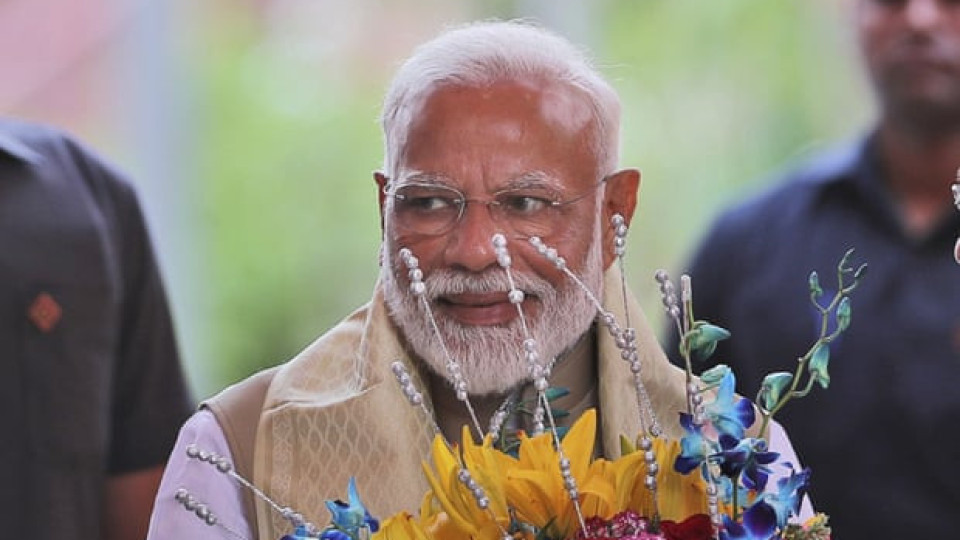
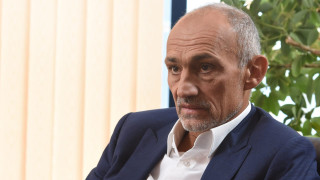

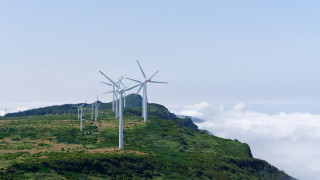
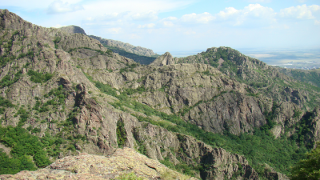
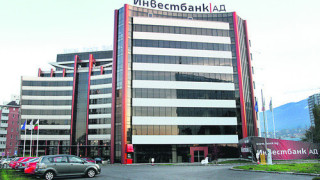
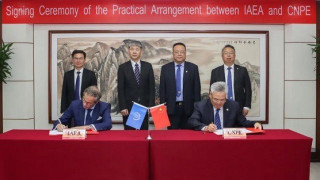

Leave a comment